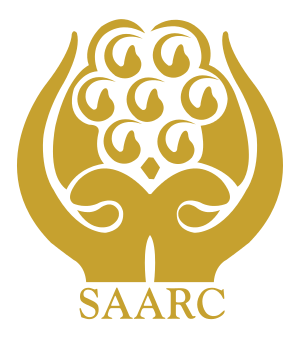SAARC commerce ministers to meet in Capital on March 18
Kathmandu, March 10
Commerce ministers of the SAARC member nations are scheduled to meet here on March 18.
The SAARC Chamber of Commerce and Industry has confirmed the meeting in the concluding session of the three-day SAARC Business Leaders’ Conclave that is going to be held in the Capital.
The ministerial council meeting of South Asian Free Trade Area (SAFTA) led by commerce ministers of member countries has not been held after Bhutan hosted the meeting in July of 2014. The next meeting was planned in Kabul of Afghanistan in April of 2016, but was cancelled due to the unfavourable political situation at that time. Later, the Maldives took the initiative to organise the ninth series of commerce ministers’ meeting, but the political turmoil in the country also pushed back the schedule of the meeting.
The meeting to be held here is expected to take forward the SAFTA processes.
Ravi Shanker Sainju, joint secretary at Ministry of Industry, Commerce and Supplies, explained that the meeting will be an informal one, but the commerce ministers may discuss taking forward the pending issues under SAFTA by organising a ministerial council meeting in the near future.
SAARC commerce ministers’ meeting normally focuses on enhancing intra-SAARC trade flows under SAFTA and vision for further trade liberalisation by reducing non-tariff and para-tariff barriers, reduction of sensitive lists and implementation of SAARC Agreement on Trade in Services (SATIS).
There are several pending agendas since long as the countries have to execute the provision under SAFTA and regional investment promotion agreement. Finalisation and endorsement of SAARC Agreement on Promotion and Protection of Investments and Railways Agreements have been pending since long. The concept of SAARC motor vehicle agreement was also introduced in the meeting of commerce ministers a couple of years ago. It was later initiated as BBIN (Bangladesh, Bhutan, India, Nepal) motor vehicle agreement as the member states could not reach a consensus on motor vehicle agreement in the SAARC summit held here in 2014.
Implementation of a common South Asian regional standard and establishment of SAARC CEO Forum are also on the agenda. Though SAFTA has envisaged moving towards South Asian Economic Union in the longer term, the bleak status of current intra-regional trade and investment relations are not encouraging and it may be difficult to achieve this target.
The intra-regional trade of South Asia stands at just five per cent of the overall trade in the region. Similarly, foreign direct investment is also dismal. The intra-regional FDI flow stands at around four per cent of the total foreign investment.
Over 50 per cent of intra-regional imports are on the sensitive list shielded from tariff cuts. The issue of reducing sensitive list has always been a burning issue during SAFTA ministerial council meetings, but the progress on this front has been very slow. It is reported that more than 85 per cent of non-tariff barriers in South Asia are accounted for by technical barriers and sanitary measures.






